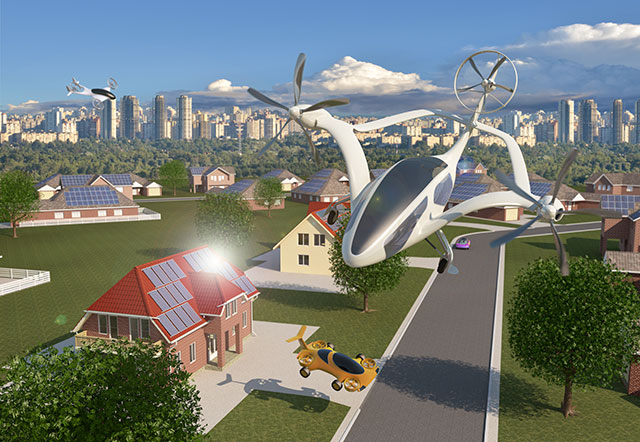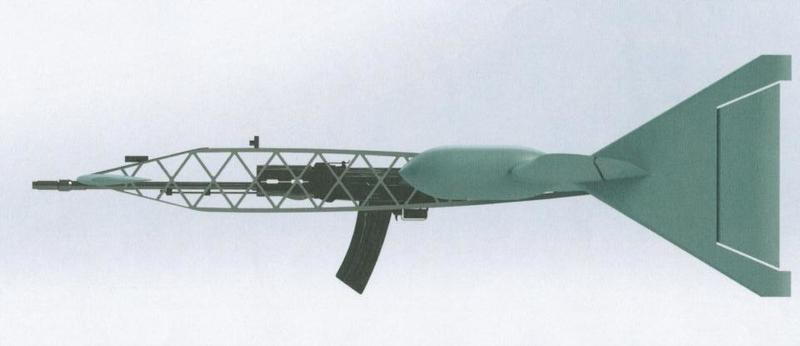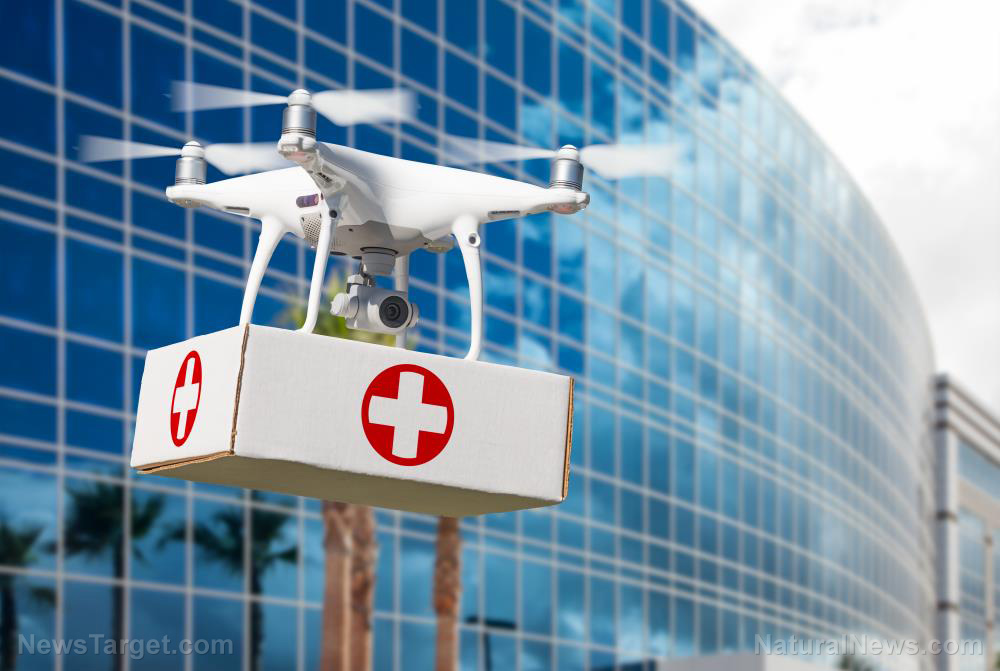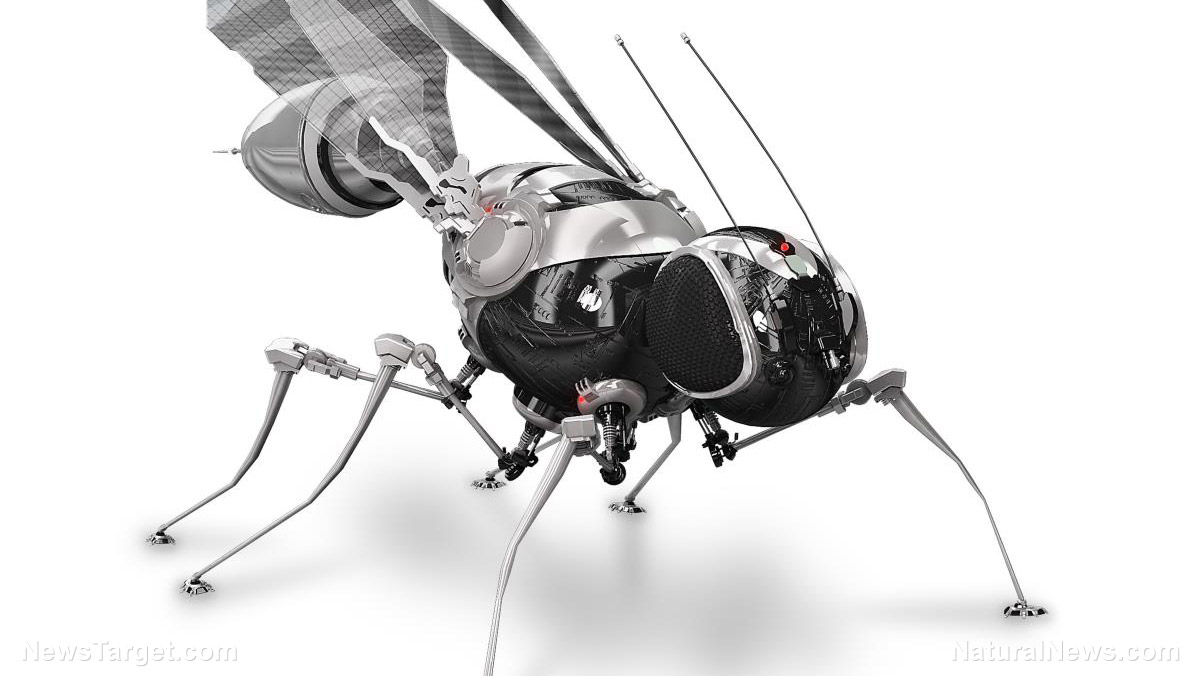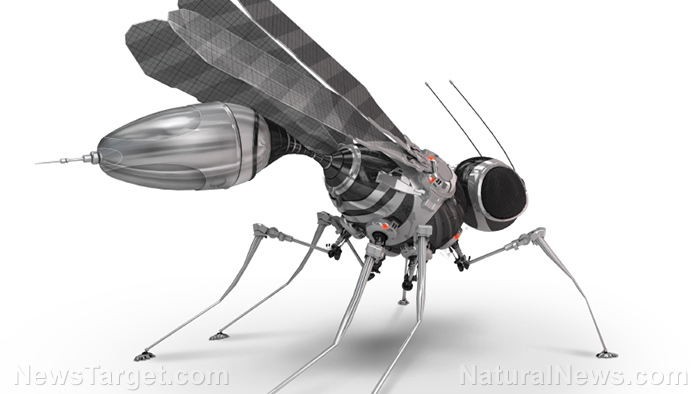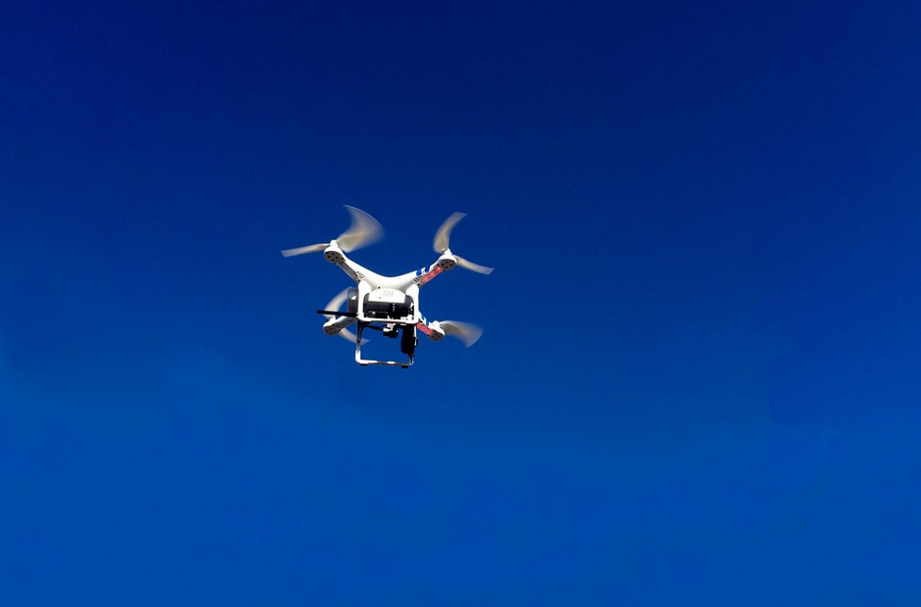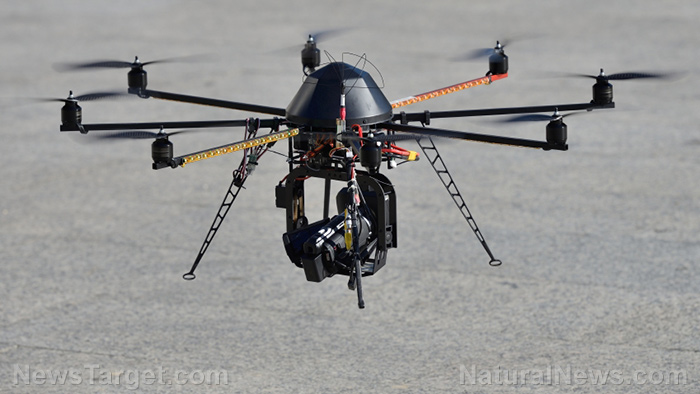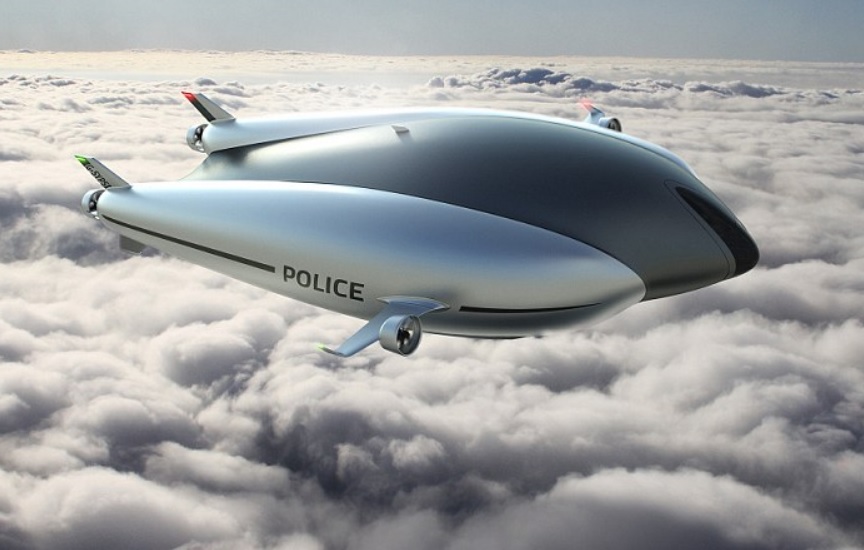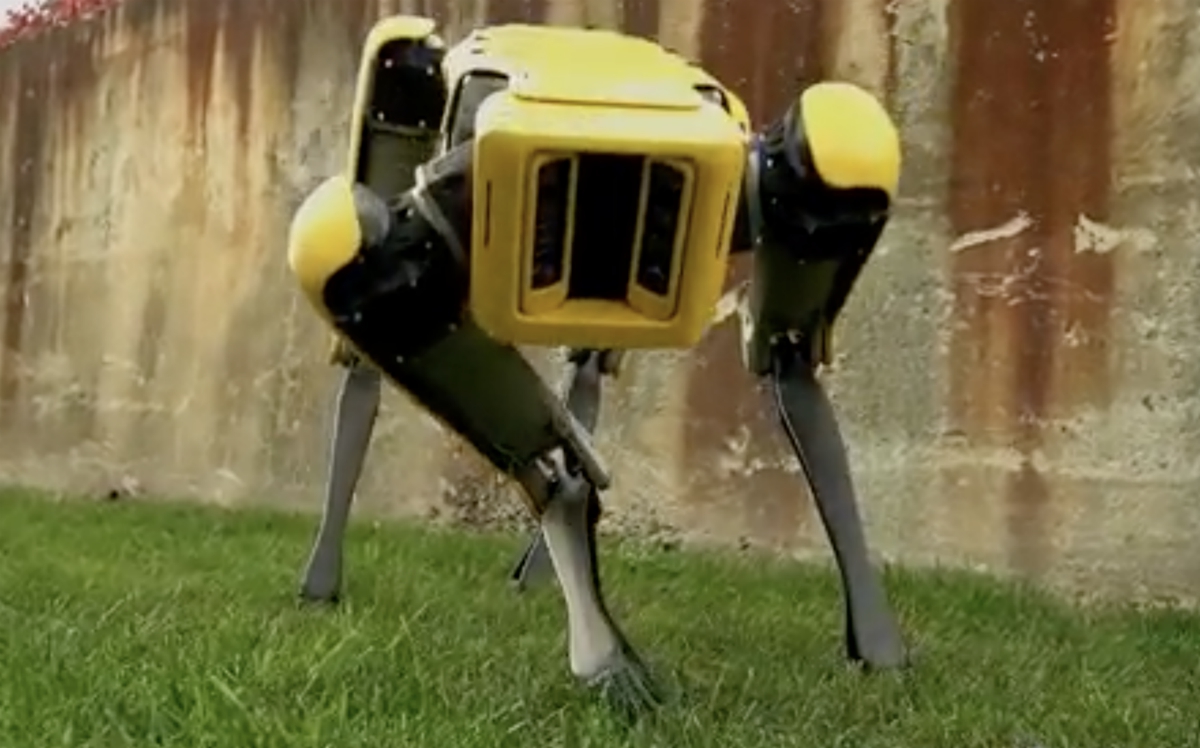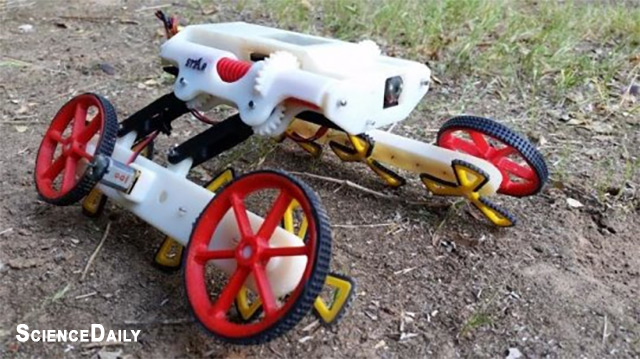Bangkok to deploy drones to combat air pollution
04/10/2019 / By Edsel Cook
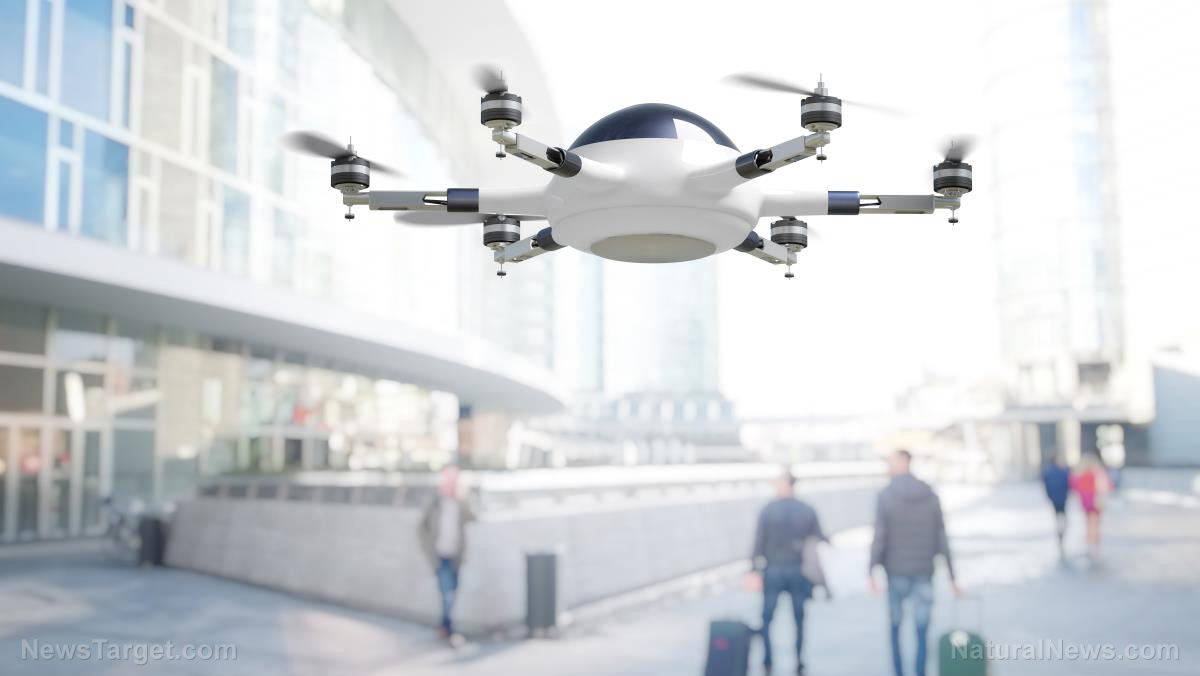
Most governments used aerial drones to spy on citizens or bomb insurgents. However, the Thai government launched a dozen drones into the skies over Bangkok to fight a far more insidious foe: Air pollution.
The concentrations of toxic particulate matter in the air of Thailand’s biggest and most populous city were not yet as bad as the pollution in, say, Beijing, China. But air pollution in the capital has recently gotten bad enough that senior government officials began looking for ways to reduce pollutant levels in the short run.
One of the plans called for a small fleet of aerial drones to spray a mixture of water and a supposedly non-toxic chemical spray into the air above Bangkok. The resulting mist would capture the airborne particles and bring them down, thereby reducing the amount of particulate matter in the air.
The idea was not a new one. Back in 2014, China briefly implemented a similar plan on a larger scale. The drones were dropped from aircraft and deployed parachutes to slow their fall, allowing them to spend as much time in the air as possible. (Related: Study: Air pollution allows bacteria to thrive in the respiratory track.)
The air in Bangkok is starting to be as bad as the air in Beijing
The drone mission was prompted by the skyrocketing levels of PM2.5 in Bangkok. These are tiny particles that are no bigger than 2.5 microns, which is one-third the diameter of a strand of human hair. Their tiny size allows PM2.5 to enter the smaller passages in the lungs.
These air pollutants are known to cause considerable harm to the respiratory system. High levels of PM2.5 can also aggravate other health problems, such as heart-related diseases.
Air is considered to be of good quality if a cubic meter contained no more than 50 micrograms (mcg) of particulate matter. It will be rated as hazardous to human health if the PM2.5 levels exceeded 150 mcg per cubic meter.
In Bangkok and its nearby provinces, the PM2.5 levels reached 185 mcg per cubic meter. The poor air quality was made visibly evident by a dull haze that hung over a good chunk of the country for weeks.
The Thai government tackled the crisis using several methods. For instance, water tanker trucks were scattered throughout Bangkok. The vehicles sprayed liquid mixture into the air using powerful water cannons.
Thai government will deploy drones to help reduce air pollution
The government’s Defense Technology Institute (DTI) came up with the idea of copying the earlier Chinese use of aerial drones to spray the air. The agency was able to scrounge up a dozen remote-controlled drones from both private and state organizations for modification and testing.
The DTI held the test in Vachirabenjatas Park, a very popular recreation area in the heart of Bangkok. Six modified drones took off during every run. Once they reached altitudes of 75 feet (25 m), the small vehicles sprayed water for 30 to 40 minutes.
At the end of the run, the squadron of drones would touch down for recharging and replenishment. They would be relieved by the other six drones, which would repeat the misting activity.
DTI director Preecha Pradapmuk claimed that the drones succeeded in reducing PM2.5 levels by 10 mcg during the initial test. If this level of performance is repeated in future tests, he promised that the aerial drone fleet will be deployed over two parks and two hospitals in Bangkok.
In addition, the Thai government promised to crack down on sources of PM2.5 air pollution. This included speeding up a planned inspection of public buses, which are notorious for producing air pollution.
Sources include:
Tagged Under: aerial drones, air quality, automation, cities, drones, future tech, inventions, particulate matter, PM2.5, technology, Thailand

